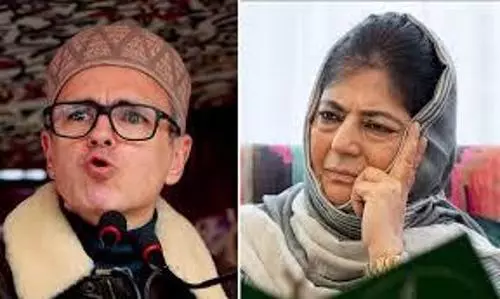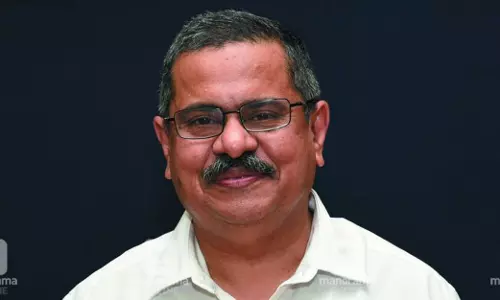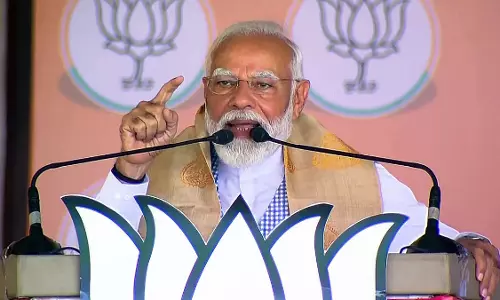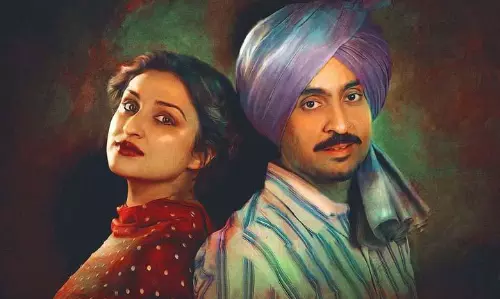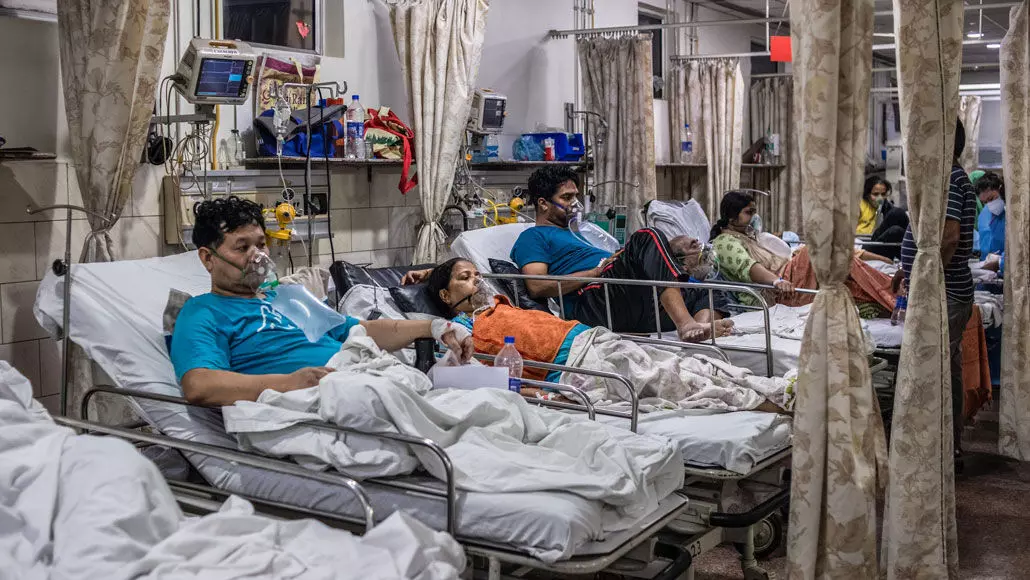
Gap between the worth of rich and poor lives
text_fieldsWe are going through a time when the world is most concerned with disease and death. As Covid treatment facilities, oxygen cylinders, vaccine availability and disinfection facilities are being heavily discussed, Oxfam, a non-governmental organisation, released a report highlighting the inequalities prevalent in India's health sector. The statistics of the disparities in the health sector between the haves and have nots is, simply put, both shocking and embarrassing. Results have shown that not just in wealth, there also exist disparities of health and lifespan between the rich and the poor. Rich Indians, on average, have a lifespan seven and a half years more than the poor. Upper caste women have a lifespan of about 15 years more than Dalit women. There are also wide gaps in the infant mortality rate. There is no guarantee that the purpose and intention of such discussions and revelations would be taken in the right spirit. For those in leadership are convinced that all besides those dedicated to the ideology of Golwakar are attempting to malign the country's repute.
However, the organisation did not make this study out of thin air. The study is based on the data collected from the National Family Health Survey and the National Sample Survey conducted using resources under the Union government. The study has employed data from long before the arrival of the Covid pandemic. If so, consider how difficult the hardships and limitations faced by those at the bottom ranks of society will be in the present circumstances. In several states, government health resources and facilities are almost completely dedicated to the Covid emergency. One cannot approach these facilities for solutions to health concerns which most affect the common man and women. Even earlier, access to private health facilities was unaffordable for those except the middle and upper class. As several private hospitals deem this to be the time to harvest most profits, this limited access itself has become impossible. At such a stage, if effective measures are not taken, the disparities in health care will widen and the poor will suffer without access to treatment, even in the absence of a pandemic. We live among millions of people who pay hospital bills by mortgaging their small homes and jewellery, including the earrings of their child. Year after year, several fall into abject poverty due to medical expenses alone.
Even as it claims pride as a country leading in the export of vaccines and contributing the most number of healthcare professionals worldwide, ours is also one of the few countries which set apart the lowest share of the budget towards healthcare. As such every page of the Oxfam report should force any government with concern for people's health care and welfare to rethinking and urgent action. The solution to these problems is not to arrest the journalists and health workers who point out the failings in the health sector or to intimidate media that report on forged death tolls by conducting income tax raids.
At this juncture, the Kerala model of healthcare must also be discussed extensively and its drawbacks addressed. It should not be lost sight of that the Government of Kerala is paying close attention to the construction of beautiful buildings and infrastructure for government hospitals. It is frightening even to think of the plight people would have faced had it not been for the commendable medical colleges and district hospitals in the major centres of the state. However, there are still large disparities and inequalities in the distribution of health resources. This is evident from the number of government hospital beds to the number of vaccine doses distributed in different districts. The lives and health of all citizens are invaluable, regardless of their socio-economic status or where they live. The right to life and the right to healthcare are fundamental rights. The government must remember the same. If it does not, we must keep reminding it.





